 I haven’t built a PC in 10 years. I’ve gotten tired of the dismal gaming performance of my MacBook Pro, however, and decided I needed a change.
I haven’t built a PC in 10 years. I’ve gotten tired of the dismal gaming performance of my MacBook Pro, however, and decided I needed a change.
The problem is—I’ve gotten married since the last time I built a PC, and I really like hanging out on the couch with my wife. So, gone are the sloppy bachelor days when I could just plonk down something like an NZXT Phantom 820 in the living room. No worries, though, because this is where the Fractal Design Node 304 comes in.
Fractal Design is a Swedish company, and their design sensibilities reflect Scandinavian ideals of form, function, and simplicity.
Specifications
You can find these details on the product page. But, for quick reference, here’s the skinny:
- Mini ITX, DTX motherboard compatibility
- 2 expansion slots
- 6 removable drive bays – supports either 3.5″ or 2.5″ HDD / SSD
- ATX PSUs, up to 160mm in length (To fit in combination with a long graphics card, PSUs with modular connectors on the back typically need to be shorter than 160 mm)
- Graphics cards, up to 310mm in length, when 2 HDD brackets are removed (Graphics cards longer than 170 mm will conflict with PSUs longer than 160mm)
- Tower CPU coolers, up to 165 mm tall
- Case dimensions (W x H x D): 250 x 210 x 374 mm
- Case volume: 19,5 Liters (you know, in case you want to fill the case with some kind of… fluid)
- Net weight: 4,9 kg
Overview
Small as it is, there’s not much to the Node 304. That’s good, because it leaves more room for cramming in hardware.
Something you won’t see here, though, are external drive bays. No optical drives, no card readers, nothing. This case has just a seamless aluminum curve for a face, with no trap doors or openings beyond USB and audio jacks on the side. This made me feel a little dumb at first, when I grabbed my Windows 7 DVD for install and face-palmed. But, you can prepare a USB stick as boot media, so it’s all good.
Beyond the lack of external bays, the case supports up to six internal drives. These can be mounted in pairs on white brackets. If you’re not filling the case with server storage, you can pull out two of the brackets to make room for a double-wide graphics card and leave extra space for airflow.
And speaking of airflow, this thing is built like a wind tunnel: There are two 92mm fans up front and one 140mm fan in the back. These are powered with a single 4-pin Molex connected to a simple high / medium / low switch mounted on the rear of the case. From there, three smaller connectors can join up with cables leading to each of the fans.
It might have been nicer if these fans’ speed could have been software-controlled, or at least if the switch was accessible from the front. But, no big deal: Just reach back and flip the switch if you’re planning an intense gaming session. Or, leave it on “high” all the time: This is not a particularly quiet case, anyway. Anything that aims to make noise will be heard through the generous ventilation grilles.
More on those grilles: They include a side grille positioned just right for one of those aforementioned double-wide graphics cards, and a grille underneath for the power supply fan.
This bottom grille comes with a plastic filter insert, which can help manage dust or crud pulled in from a desk or the floor. But, you’ll need to keep an eye on this thing, especially if you plan on transporting this case to LAN parties and suchlike: The filter is retained by just a pair of shallow bumps stamped into the metal, and the plastic flexes enough to easily jar it loose with bumps or vibration during transit.
Finally, the front panel offers a power switch; power & HDD activity lights; headphone & mic jacks; and two USB 3 connectors. Accordingly, you’ll find cables associated with each of these extending back from the front panel. The USB 3 header cable also offers a little USB 2 header in a pigtail off to the side, but with a note advising the use of only one or the other as appropriate to your chosen motherboard.
Build
The Fractal Design Node 304 comes with adequate screws to mount any combination of 2.5″ and 3.5″ drives; a quartet of brass motherboard standoffs; screws to close the case itself; and even a few zip-ties. The zip-ties are a nice touch, but you’ll probably need more: This case offers no other means of cable management.
One of the particularly nice features of this case is that it can take a full-sized ATX power supply. It goes in sideways, vents from the bottom, and there’s even a thoughtful cut-out in the bottom side of the case to accommodate a screwdriver while mounting the supply.
And, since the three-prong power socket now points to the side, the case also includes a short internal extension cord to re-route power from the back plate of the case.
Something to keep in mind, though: Watch the physical depth of your chosen power supply. Since my goal was to build a gaming PC, I needed to make room for a big graphics card that extends nearly the full length of the case. So, I picked a non-modular power supply less than 4.5″ deep, but I could have probably gone slightly larger.
The Gigabyte GA-H77N-WIFI Mini ITX motherboard that I ordered fit in just fine atop the included brass standoffs. I also used the cooler that came out-of-box with my Intel Core i3-3220 CPU. But, there’s still room here for a much taller CPU cooler that can stand up into the flow of air through the case.
Did I mention that there’s no cable management in this case? That’s not a showstopper, since there’s plenty of space left when you remove two of the three hard drive brackets. But, once you’ve got things squared away, you’ll want to bust out those zip-ties and wrangle the rat’s nest a bit. You don’t want anything falling into the fans in front, back, or atop your CPU. And, it would be nice to block as little of that airflow as possible.
The final major piece to my build was a Diamond Radeon HD 7870 2GB Video Card, which fit with room to spare. This is where the concern over power supply length comes into play: Had that PSU extended much farther, or had I used a modular PSU, there might not have been enough room for this card—or a larger card, should I decide to upgrade in the future. But, this turned out fine, and as mentioned earlier the case housing offers a vent grille right next to the fan for this card.
It’s also worth mentioning that you’ll probably only get one expansion card out of this form factor, though there is room for two. That wasn’t a problem for me, because the motherboard I picked came integrated with most everything else I wanted (eg. Wi-Fi and Bluetooth).
Here, you can see my final tweaks with regard to cable management: I zip-tied a few of the fan cables and the HD audio header from the front panel to one of the structural beams in the case, which seems not to interfere with the case lid and keeps things nicely out of the way. I also looped the rest of the major cable bundles through the drive bracket—that keeps the airflow clear and seems not to crowd the single installed HDD much.
I’m sure someone who’s built more PCs in the past decade could come up with cleaner cable management than this. But, this case has no windows, and I don’t plan to show off the internals—just the opposite, in fact, because I plan to make the whole thing as invisible as possible. So, this is good enough for me.
The living room test
Let’s play a game of “spot the Node 304”, here in my living room:
It might be a little unfair, because I hid the PC on top of the sub-woofer for our 5.1 receiver. And, well, also because I took cruddy pictures with my phone.
The power light is a blue bar at the bottom right of the faceplate, near the audio and USB connectors. The HDD activity light is a white LED poking out from under the lip of the face plate. This has a neat effect somewhat like sparks coming from the case, or welding underneath. Beyond that, there’s nothing flashy or gratuitous about the looks of this case—which is exactly what I was going for.
But, with clever placement, this PC case can blend into almost any living room. It might even fit into your entertainment center, though it’s quite a bit taller than most components. Still, it’s not much bigger than it needs to be.
Conclusion
Where the Fractal Node 304 lacks in terms of cable management or other niceties, it makes up for by just getting out of the way—both internally and in external style. It’s also very solidly built and shows no sign of flex or bend anywhere in the structure.
 Having been away from the PC market for a long while, I’m used to cruddy things stamped out of sheet metal with sharp edges and twisty angles that assured you’d shed some blood at some point during assembly. The last machine of comparable size I dealt with was a Shuttle mini-barebones system, and I think I still have at least one scar from tinkering around inside there. Nothing of the sort happened with this case, and I was continually surprised with how much room I had to play with, even despite initial worries about PSU depth vs graphics card length.
Having been away from the PC market for a long while, I’m used to cruddy things stamped out of sheet metal with sharp edges and twisty angles that assured you’d shed some blood at some point during assembly. The last machine of comparable size I dealt with was a Shuttle mini-barebones system, and I think I still have at least one scar from tinkering around inside there. Nothing of the sort happened with this case, and I was continually surprised with how much room I had to play with, even despite initial worries about PSU depth vs graphics card length.
Overall, I’m a fan of this case. I wanted a small, elegant PC with a focused set of hardware inside—and that’s just what this case let me build. If this is the kind of thing you’re looking for, I’d highly recommend the Node 304. I think it’s worthy of at least 1.5 thumbs up, though I’d throw up the second if there were better options for cable management and fan speed.
We’re happy to award the Fractal Design Node 304 our Stamp of Approval for a product we’d recommend for those looking to build a clean and non-intrusive Mini-ITX build.
The Fractal Design Node 304 is available now at NewEgg for $89.99 and Amazon for $129.



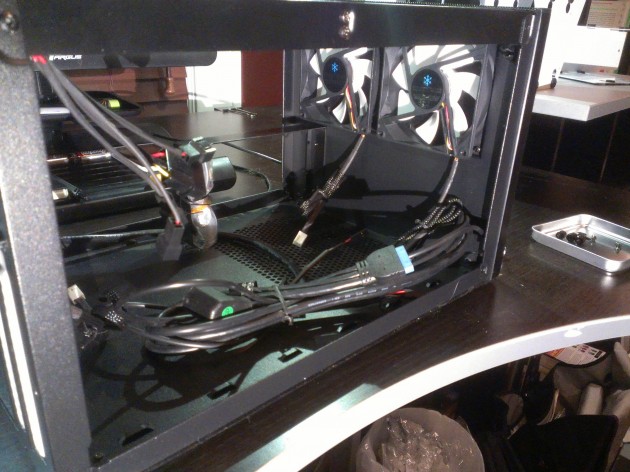
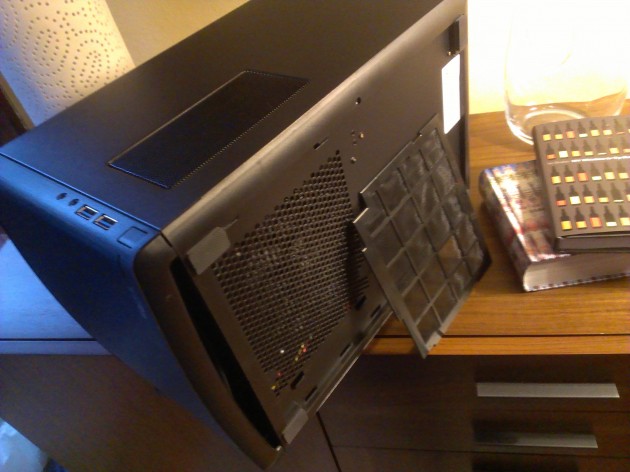
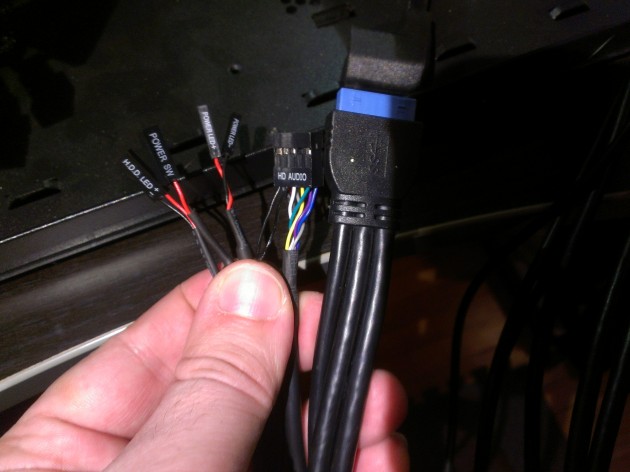
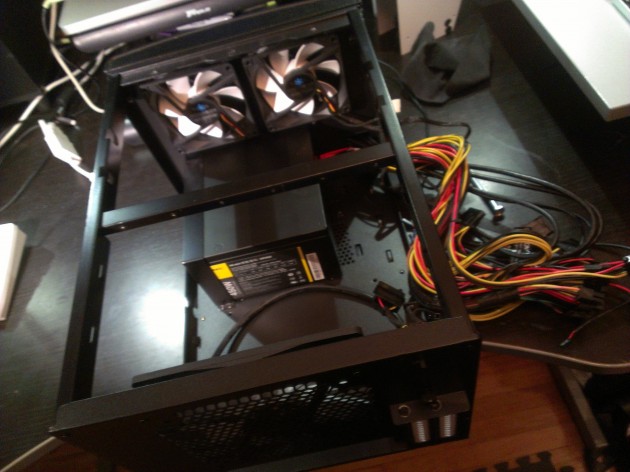

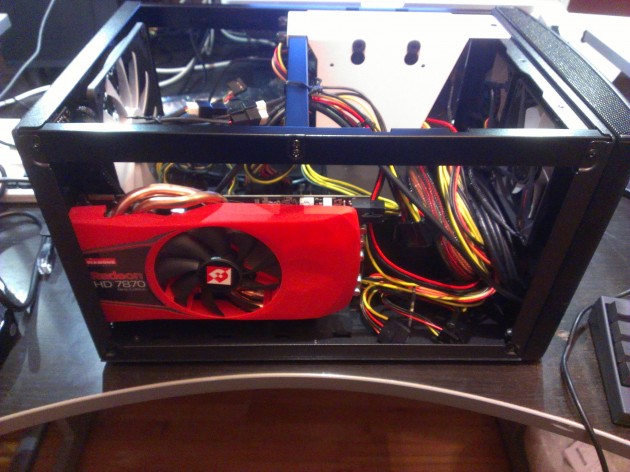
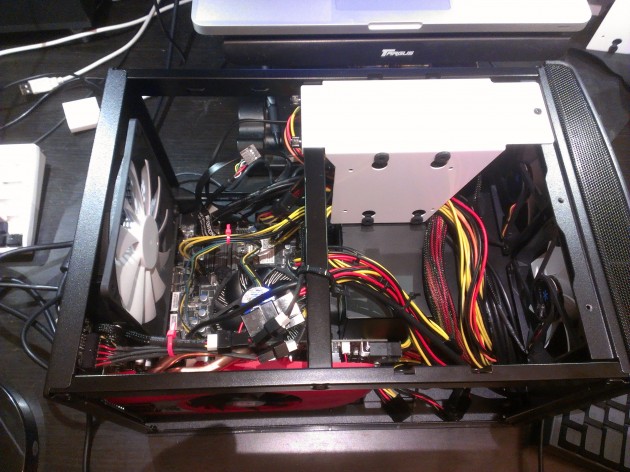
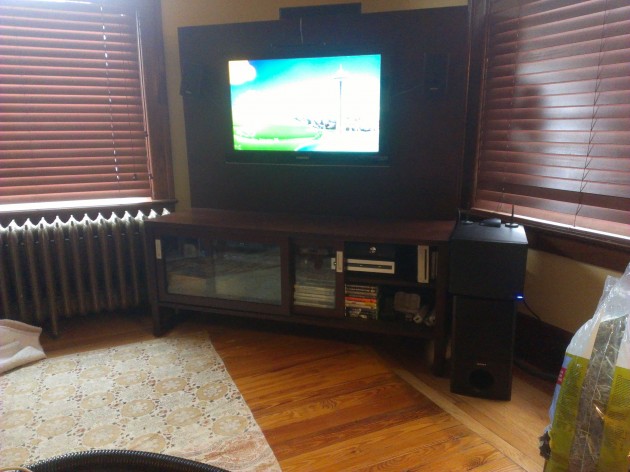
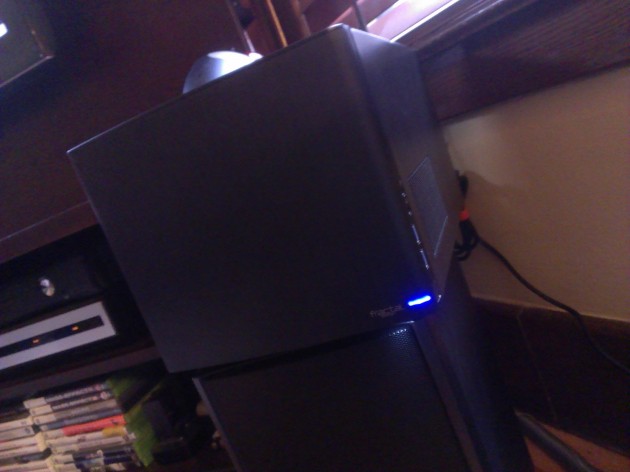










 Articles RSS
Articles RSS